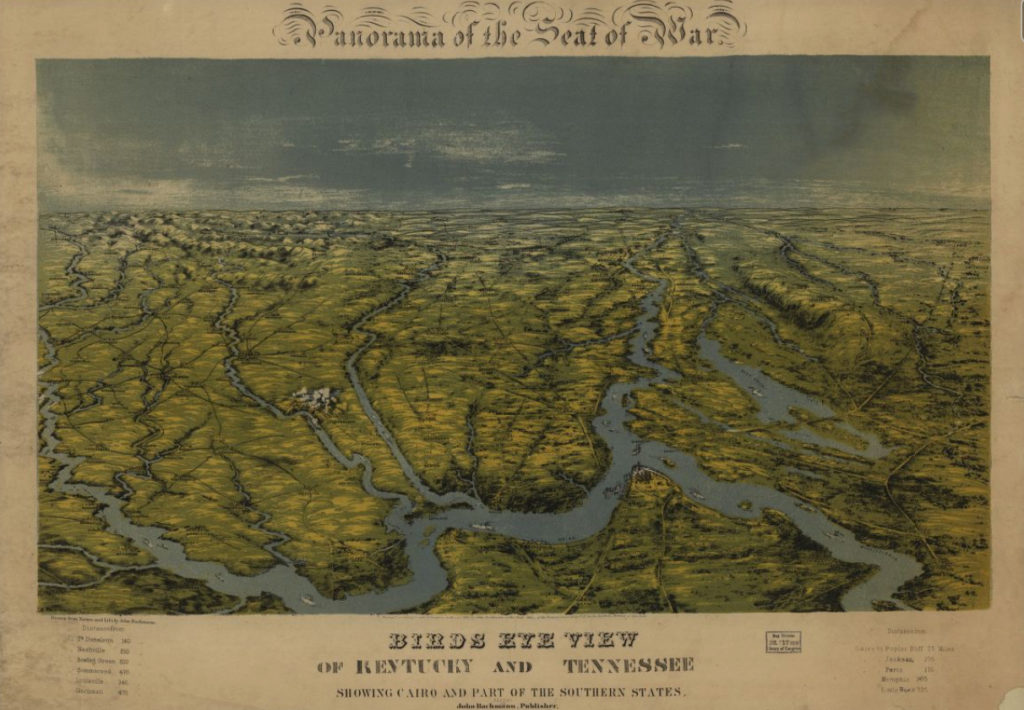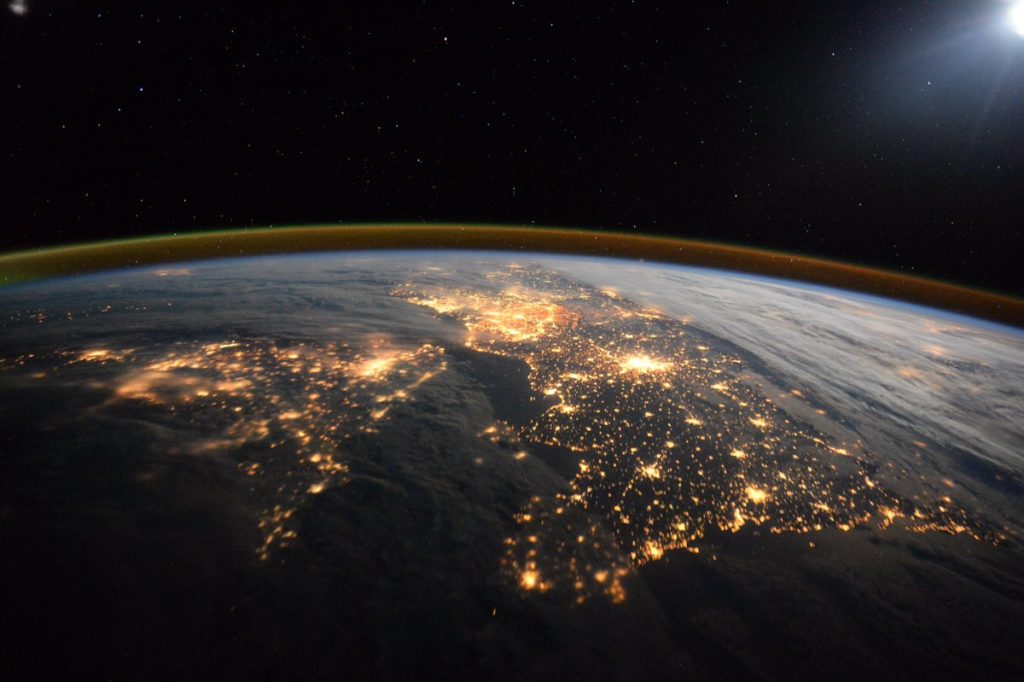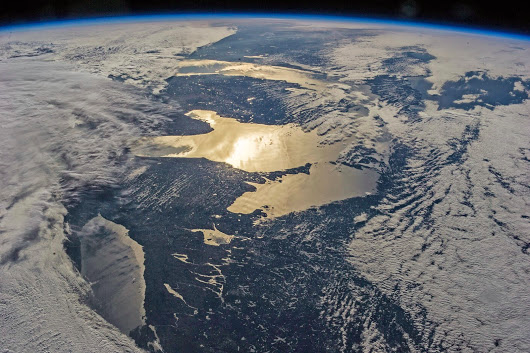Where do we stand?
Over the last week I’ve been lucky enough to be part of the inaugural cohort of Bright scholars at the Bright Institute at Knox College. Under the leadership of Serena Zabin (who has deftly challenged us to think creatively about all manner of issues related to the American Revolution) we’ve talked about new books in the field of Vast Early America, things we’d like to see the field do better, and ideas for where the field could go next.
In all our conversations, I’ve been absorbed by the question ‘where are we standing?’ As we read and research and write, are we standing as free white men in Philadelphia, looking west toward a continent we believe is ours, circa 1776? Are we the Meskwaki, looking toward the Fox and the Ho Chunk, perhaps seeing the Haudenosaunee in the distance? Are we enslaved in Jamaica, looking east toward a homeland we cannot see anymore, or north toward a country that buys the resources we are compelled to produce? Are we the wife of a soldier in London, about to board a ship to sail to America and war?
I first considered this question when I ran across a map of a bird’s eye view of Kentucky and Tennessee made in 1861/62. The map allowed me to see the earth from a fixed place, curving off toward the horizon ahead of me, rather than from the perspective of an omniscient god hovering directly overhead. I had perspective; I could see myself looking into the distance.

Since then I have often wondered where I’m mentally standing as I lead discussions, put together source packets, choose books, and undertake research. Am I standing in Boston, looking westward, sending missionaries out into what I consider the wilderness? Or am I standing in Fond du Lac village on the edge of Lake Superior, understanding myself to simply be standing in my homeland, my back to Canada, looking as much toward the Dakota to my south and east as to the Americans coming from my west?
Photography makes this mental jump easier to imagine. What would the French Revolution look like from Cornwall, for example, looking toward both London and Paris (as in this nighttime shot)? (Excuse the presence of electric lights – it’s a modern photo, but you get my point.)

The change is perspective is a valuable, even necessary one, if we are to do justice to the way in which numerous people saw their worlds intersecting, cooperating, and often conflicting. We are used to seeing the world like this:

But we might equally place ourselves in Canada and look at the lakes like this:

It matters if I’m a Canadian looking in that direction in 1776; it matters if the orientation of my world isn’t, perhaps, north to south. It matters if I locate power in these places, and what kind of power. Do I see politics inscribed on the land? Spiritual meaning? Resources like land and water? And how do these ideas mix?
I’m grateful to be grappling with these issues in the Bright Institute, and so many more as well – international perspectives put up against the local; the stories of individuals compared to those of large polities; the necessity of timelines, but hopefully timelines that we have exploded by centering new voices; squeezing meaning into the survey; expanding meaning in a course devoted the entire Revolution. And I’m grateful to everyone thinking through these issues along with me. It is a marvelous, heartening thing to be in a room with fifteen other scholars, all wrestling with these weighty questions. I’ll write more about this experience soon, but for now perhaps it’s enough to ask – where do you stand?